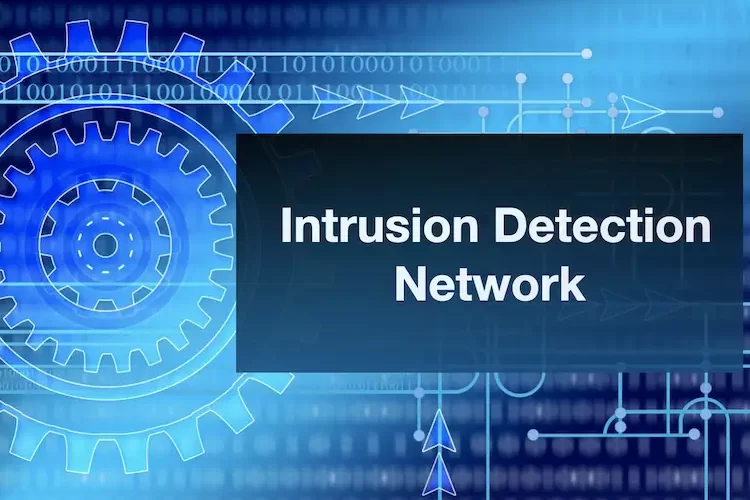Intrusion Detection Network: Protecting Your Business from Cyber Attacks
As cyber threats continue to evolve, it’s essential for businesses to have systems in place to protect against attacks. One important tool in the cybersecurity toolkit is an intrusion detection network (IDN).
So, what is an IDN, and how does it work?
An IDN is a system that monitors a network for signs of unauthorized access or malicious activity. It does this by analyzing network traffic and looking for patterns or anomalies that could indicate an intrusion. If an IDN detects a potential threat, it can alert the system administrator or take automated action to prevent or mitigate the attack.
Types of Intrusion Detection Network (IDN)
There are two main types of IDNs: network-based IDNs and host-based IDNs.
Network-based IDNs monitor all traffic on a network, while host-based IDNs are installed on individual devices and monitor activity on that device. Both types of IDNs can be effective at detecting and preventing intrusions, and many organizations use a combination of both to provide comprehensive protection.
One of the key benefits of IDNs is that they can detect threats that traditional cybersecurity measures, such as antivirus software, might miss. For example, an IDN can detect patterns of behavior that might indicate a hacker is trying to gain unauthorized access to a system, even if the hacker’s tools and techniques are not yet known to traditional security systems.
While IDNs can be an effective tool for protecting against cyber threats, it’s important to remember that they are not a replacement for other cybersecurity measures. It’s crucial for businesses to have a comprehensive cybersecurity plan that includes technical measures, such as antivirus software and firewalls, as well as employee training and policies to help prevent attacks.
By implementing an IDN and taking a holistic approach to cybersecurity, businesses can help protect themselves against a wide range of threats and keep their systems and data safe.
How does a network intrusion detection system work?
A network intrusion detection system (NIDS) is a critical tool in the fight against cyber attacks. It works by continuously monitoring a network for suspicious activity and alerting administrators when it detects a potential threat.
But how exactly does a NIDS work? Here’s a breakdown of the process:
- Packet capture: The first step in the process is for the NIDS to capture data packets as they travel across the network. This is typically done using a network sniffer, a specialized tool that can read and interpret the data contained in the packets.
- Analysis: Once the packets have been captured, the NIDS analyzes them to determine if they contain any indicators of suspicious activity. This can include things like unusual patterns of traffic, known malicious IP addresses, or anomalies in the data payloads of the packets.
- Alert generation: If the NIDS detects a potential threat, it will generate an alert to notify the administrator. The alert may include details about the nature of the threat and the specific packets that were flagged as suspicious.
- Response: The administrator can then take action to address the threat. Blocking suspicious traffic, quarantine affected devices, or taking other steps to mitigate the risk.
NIDS is an important part of a comprehensive security strategy, as it provides a way to detect and respond to threats in real time. A NIDS can help organizations stay one step ahead of potential cyber attacks by continuously monitoring the network for signs of suspicious activity.
How Intrusion Detection Network (IDN) helps from Cyber Threats?
There are several ways that IDNs can help protect businesses from cyber threats:
Detection: IDNs can detect signs of unauthorized access or malicious activity on a network, such as attempts to probe for vulnerabilities or unusual patterns of traffic.
Alerts: If an IDN detects a potential threat, it can alert the system administrator or take automated action to prevent or mitigate the attack.
Prevention: By detecting and responding to threats in real-time, IDNs can help prevent intrusions and protect against data breaches.
Compliance: IDNs can help businesses meet regulatory requirements and industry standards related to cybersecurity.
Efficiency: By automating the process of detecting and responding to threats, IDNs can help save time and resources that would otherwise be spent on manual monitoring and response.
It’s important to note that IDNs are just one part of a comprehensive cybersecurity strategy. Businesses should also consider implementing other measures, such as antivirus software, firewalls, and employee training, to help protect against cyber threats.











